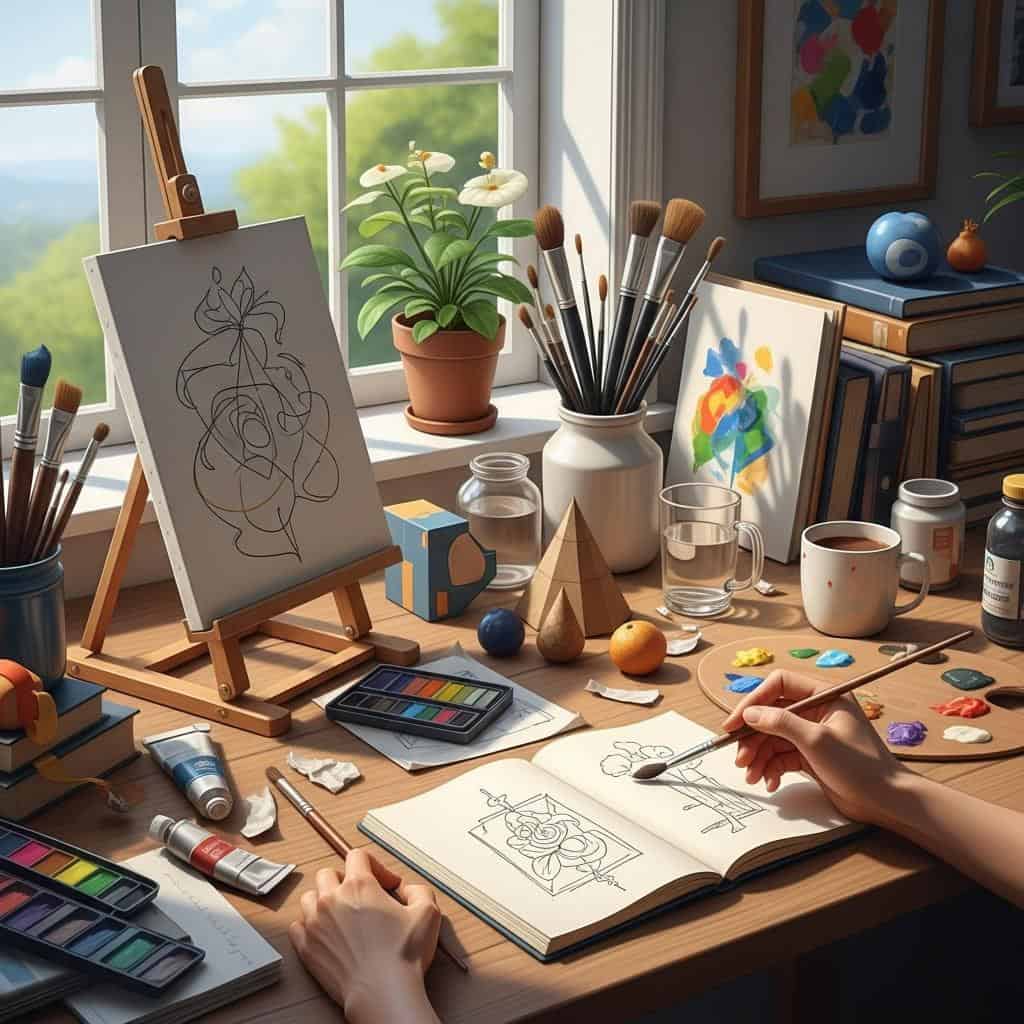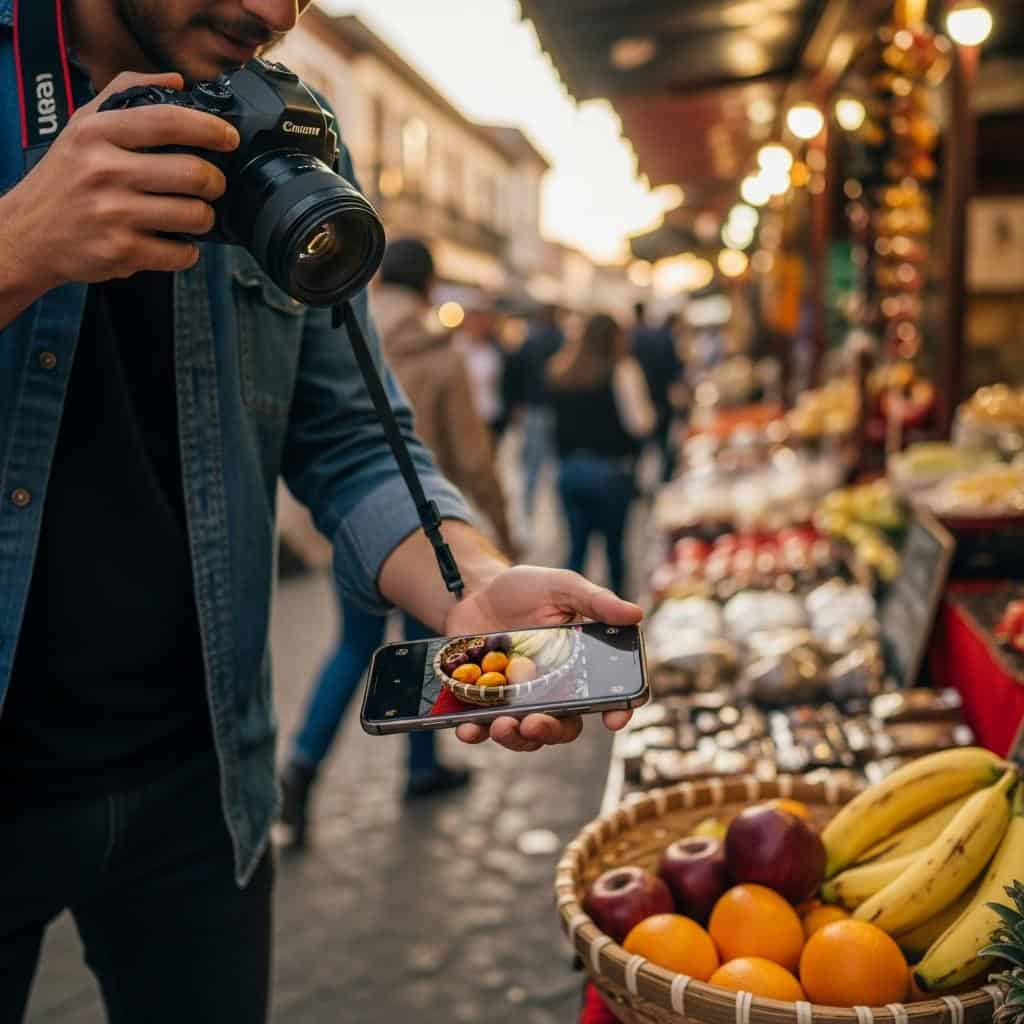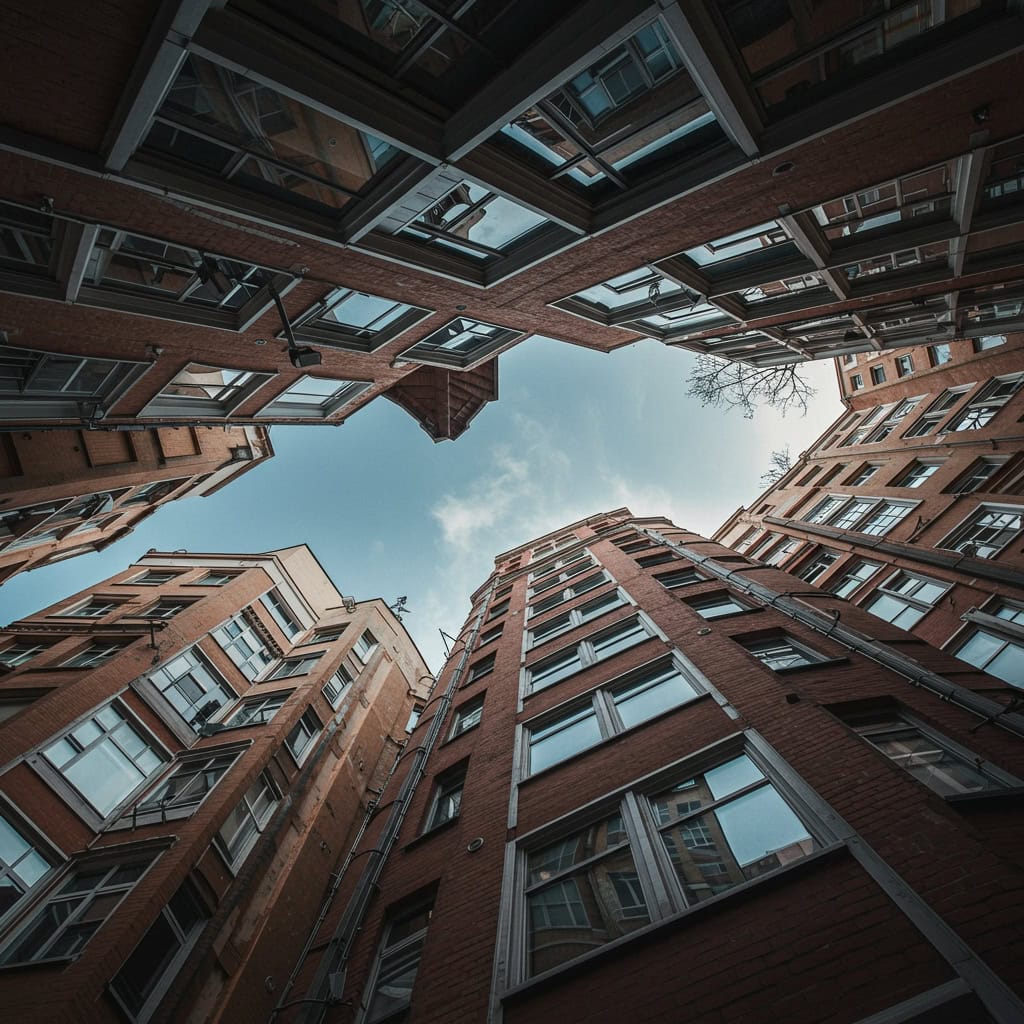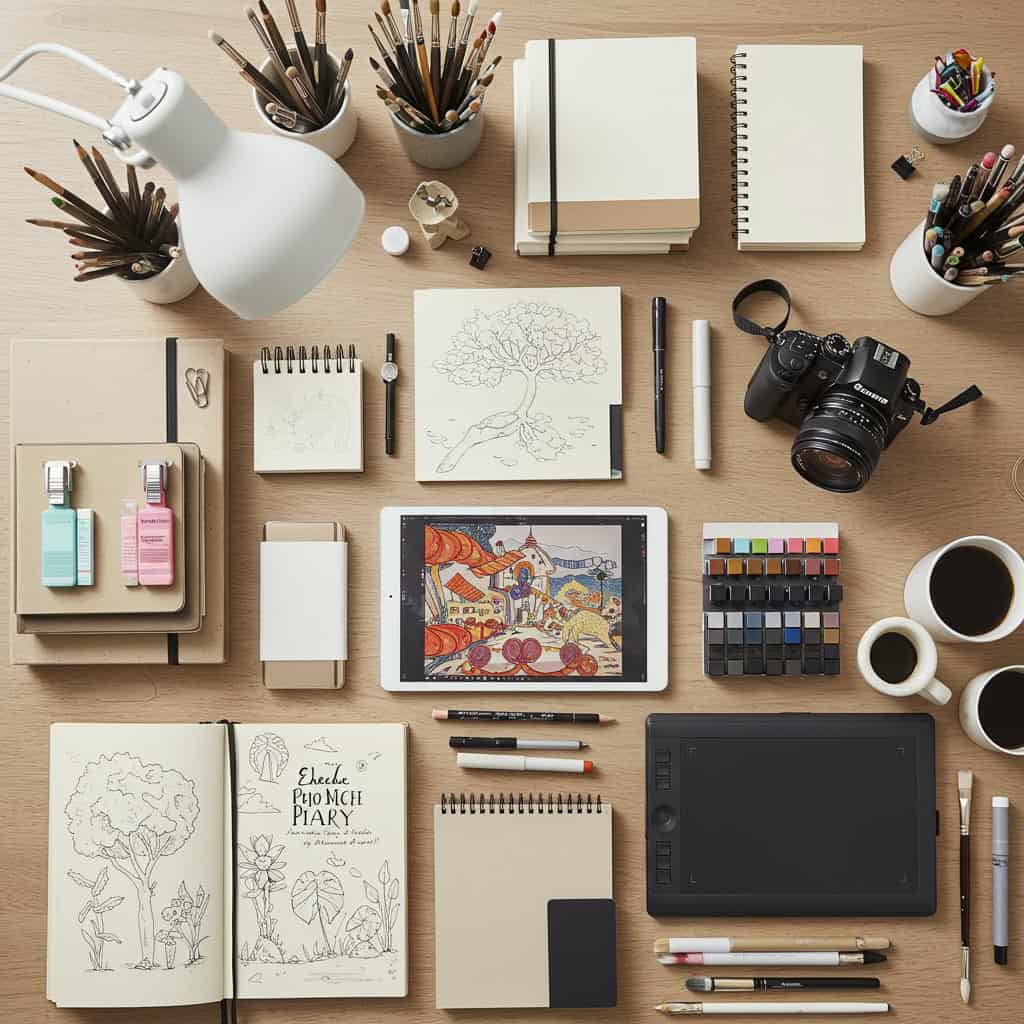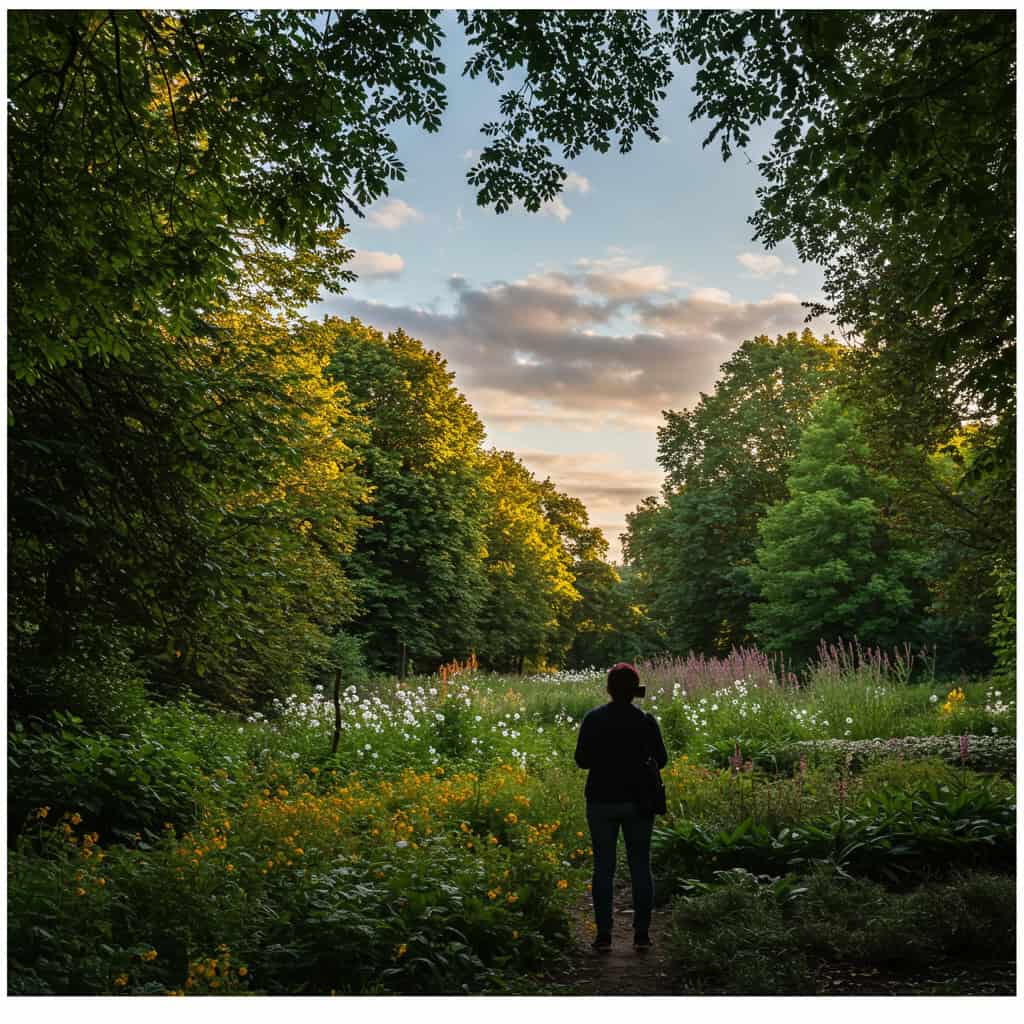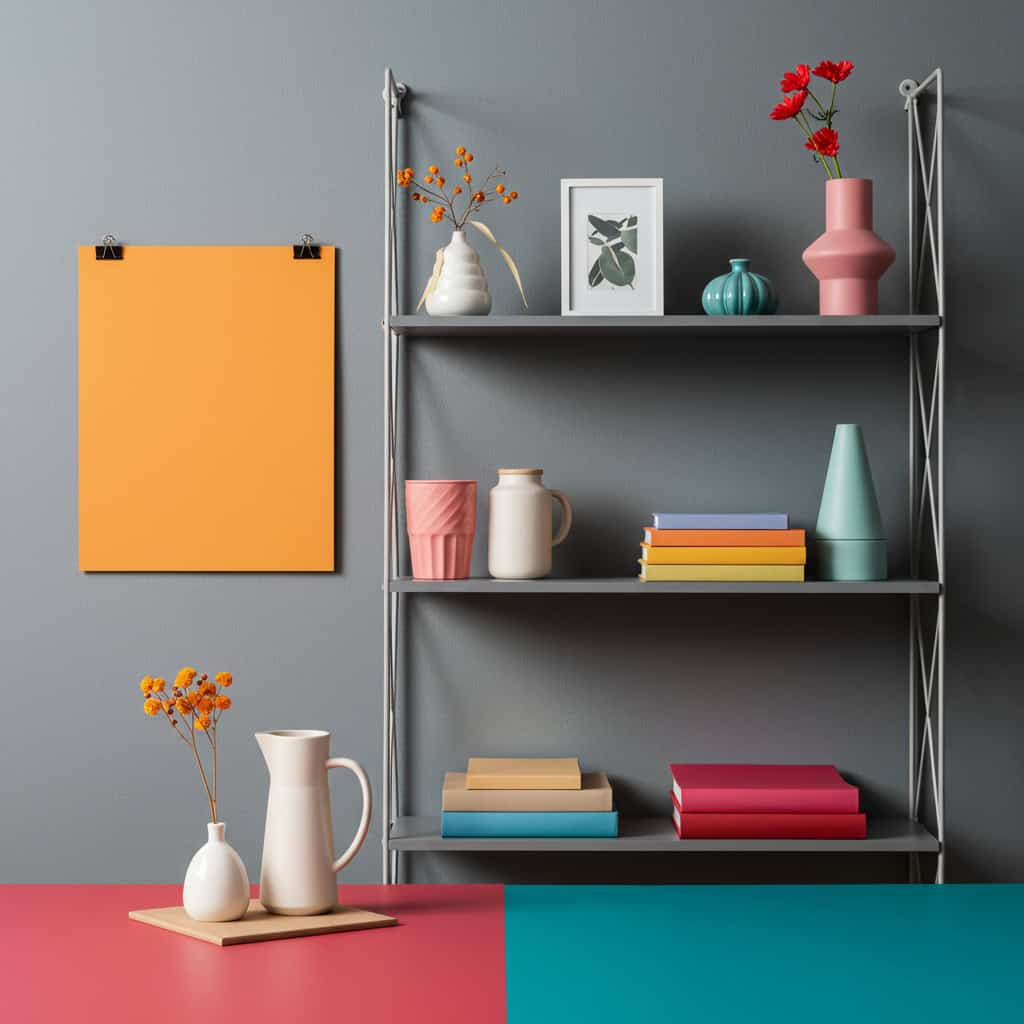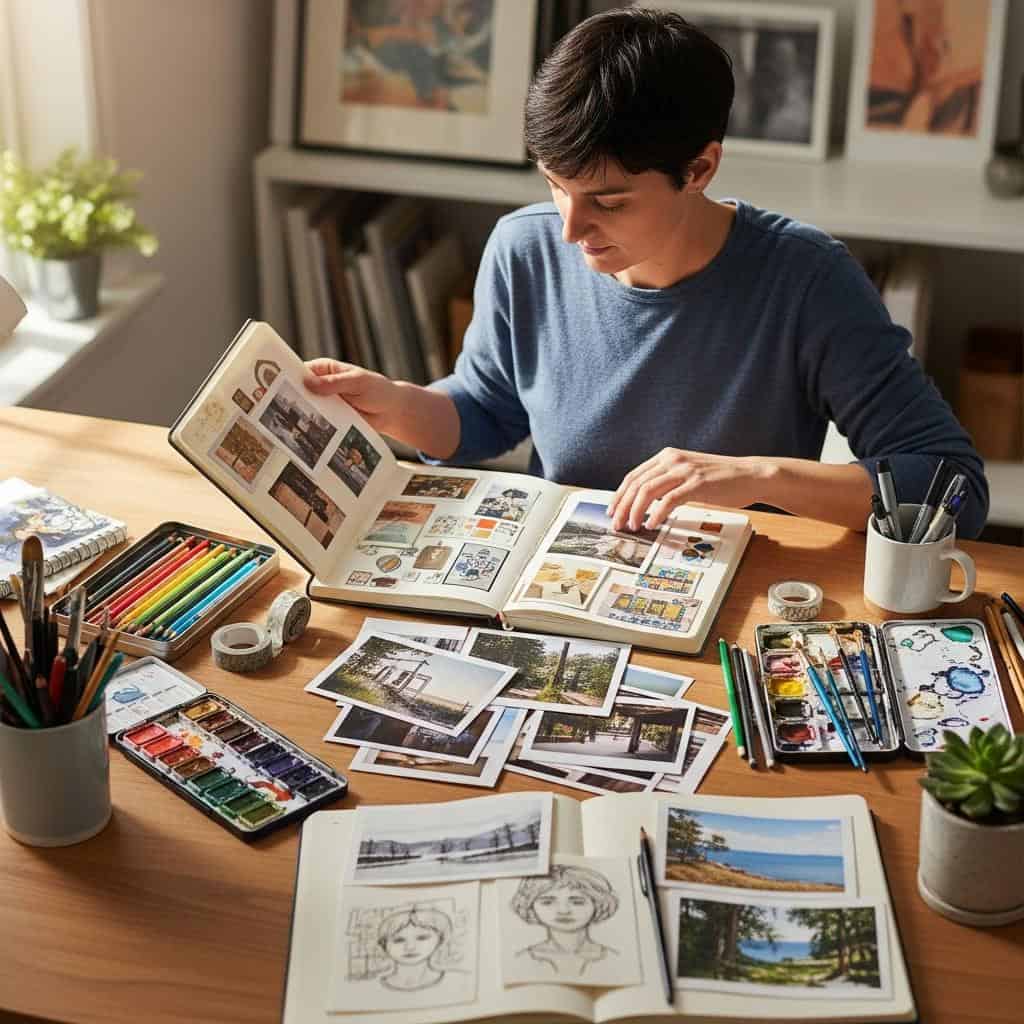Having an artistic eye isn’t just for painters—anyone can learn to see the world more creatively and appreciate beauty in everyday life. Cultivating this skill can enhance your problem-solving abilities, boost mindfulness, and enrich your experiences, whether you’re designing a home, photographing a sunset, or simply seeking inspiration.
In this guide, you’ll discover practical steps to sharpen your visual awareness, draw inspiration from the masters, and apply creative principles to daily life. Ready to awaken your inner artist? Explore the transformative power of seeing with intention.



